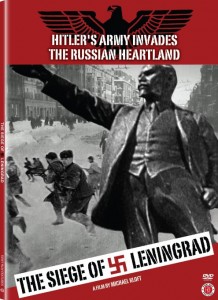My Man Godfrey was released in 1936, during the
Great Depression, and it opens with two men gathering at a shanty town in a
dump to discuss the day’s luck. One had a racket going, but the cops put an end
to it. He says, “If them cops would stick to their own racket and leave
honest guys alone, we’d get somewhere in this country without a lot of this
relief and all that stuff.” And then suddenly some rich folks arrive,
including two sisters, one of whom, Cornelia (Gail Patrick), rushes up to
Godfrey and offers him five dollars to come with her as part of a scavenger
hunt. In some excellent dialogue, Godfrey turns her down.
The other sister, Irene (Carole Lombard), then speaks
with him. Carole Lombard is absolutely fantastic in this film, right from the
start. I love her delivery, the way she rushes and laughs through certain
lines, certain ideas. She has this brilliant nervous energy. This is her
description of a scavenger hunt: “Well, a scavenger hunt is exactly like a
treasure hunt, except in a treasure hunt you try to find something you want and
in a scavenger hunt you try to find something that nobody wants… And the one
that wins gets a prize, only there really is no prize. It’s just the honor of
winning, because all the money goes to charity. That is, if there’s any money
left over, and there never is.” After Godfrey agrees to go with Irene, to
help her beat Cornelia and out of a sense of curiosity, she returns the favor
by giving him a job – as the family’s butler. She quickly gains (and exhibits)
great affection for him, but it is soon apparent that there is more to
Godfrey’s story than is initially given.
The scene where Godfrey meets the maid, Molly (Jean
Dixon), is excellent. Jean Dixon is wonderful, telling him that there are new
butlers in the house all the time, not because the family is exacting, but
because they’re nutty. Even what could be the weakest bit of dialogue is
delivered perfectly and ends up being hilarious, when Godfrey asks, “May I
be frank,” and Molly replies, “Is that your name?” Godfrey tells
her, “My name is Godfrey,” and Molly responds, “All right, be frank.”
Her straight delivery of “All right, be frank” totally makes the whole
thing work.
Alice Brady is excellent as Mrs. Bullock. I particularly
love when she says she doesn’t like pixies but doesn’t believe they should be
stepped on. And you can’t help but love her great logic when she announces, “Well,
I’m positive I didn’t ride a horse into the library because I didn’t have my
riding costume on.” The entire cast is excellent, but Carole Lombard really
stands out, delivering an impeccable performance, shining in basically ever
scene. I love the scene in the morning when she first sees Godfrey as the
butler. “It’s funny how some things make you think of other things,” she
says thoughtfully.
My Man Godfrey is quite funny, with excellent
dialogue, delightful performances, and some social commentary. It was directed
by Gregory La Cava, and was released on DVD as part of The Film Detective
Archive series on September 11, 2014. The DVD has no special features.










